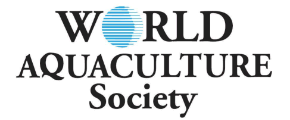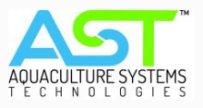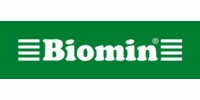WAS Strategic Plan - 2020 - 2025
Introduction
During 2015-2020, the World Aquaculture Society (WAS) focused outward, initiating the Secretariat Program to support developing chapters (Latin American and Caribbean Chapter, Asia Pacific Chapter and African Chapter) and to improve communication between the WAS Home Office and Chapter members. In addition, the WAS helped to nurture the development and eventually ratified an African Chapter. The WAS has also supported the development of workshops and conferences designed to foster aquaculture information exchange in Indonesia, Colombia, South Korea, South Africa, Malaysia, France, Costa Rica, Brazil, Peru, Mexico and India. The WAS has provided translation of the World Aquaculture Society magazine into several languages and offered some Chapter meetings in native languages to improve participation. The WAS has developed and initiated a plan to strengthen the scientific standing of the Journal of the World Aquaculture Society (JWAS), which is becoming a much sought-after research-based source of fundamental and applied aquaculture information. With these significant changes come financial needs that are dependent on a stable organizational and financial base to address expansion and improvement of membership services. This challenge has required a holistic approach that has been the foundation of several meetings, including an all-day workshop to identify the path forward over the next five years. The Committee used a SWOT analysis and survey materials to determine where efforts should be focused and then selected seven categories that need to be addressed: Organization, Finances, Membership, Conferences and Workshops, Communication, Publications and Outreach. Some critical findings include; the capacity of Home Office staff to take on additional Society needs, the pending retirement of key staff and the cash flow problems associated with embarking on additional global meetings. The changes the Society is confronted with provide an opportunity to modernize technologically, to increase and diversify the way communication and engagement with members happens, and to develop alternative financial solutions in order to continue to improve member services and develop additional chapters in the near future. Many mid-level strategies and actions are presented in the plan. A list of standing committees and ad hoc committees is provided at the end of the document. Numerical superscripts denote the committees responsible for implementing specific actions.
















